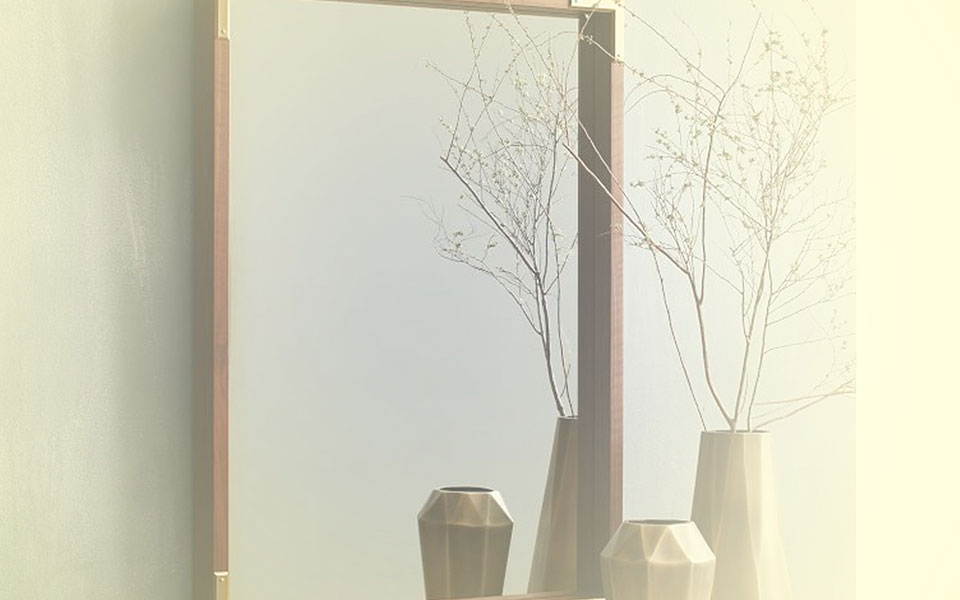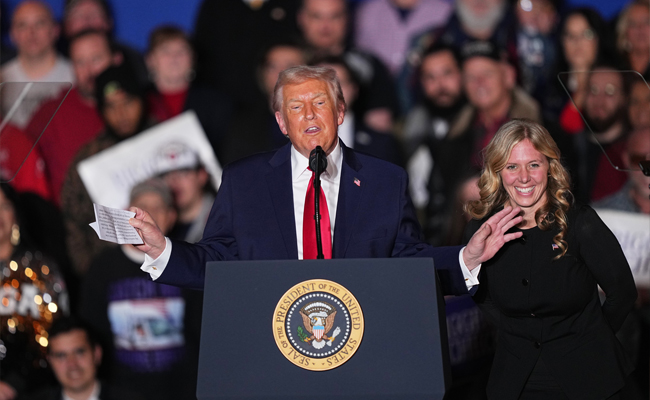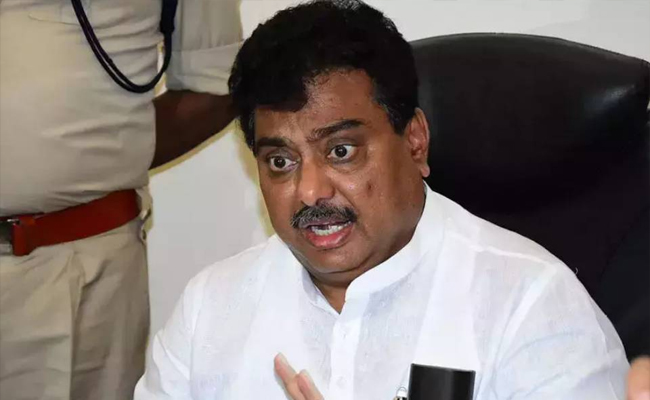Media is an inseparable part of the civil society. This section, performs the most quintessential part of holding a mirror to the happenings in the nation. If a government feels it can never catch its own image in the mirror, it means that particular government is moving in the wrong direction. Any government that has faith in democracy, will never shy away from checking its reflection in the mirror that media holds up to it and will use the same to deal with the dark spots and blemishes if any. But if a government breaks the mirror only because the mirror did its job, the blemishes will not disappear. They will still stay and hound the person who wears them on his/her face.
Mirror is not bound to show a pleasing image to the one who’s looking at it. It only reflects what’s held against it. If the media in a country begin to play the role of sycophants, by singing praises of the ruling dispensation, it means the country is surely tilting towards dictatorship. The authoritarian governments use two main weapons. One would be to buy the publication in order to limit the narrative written against its performance, and gradually turn it into another sycophant.
When the government itself become the boss of a publication, how would one write against the government or the party that occupies the seat of power? Gradually government would engage the same persons who write against it, to sing songs eulogizing its achievements. If a government cannot buy a paper, it would at least try and muzzle the voice of a neutral criticizer. In India, currently, both tactics are being put to work.
India, that was in the top on the list of nations that enjoyed high press freedom, has now consistently slipped and is on the verge of losing out to other countries. In the list of 180 countries that figured in the list, India stood at 138th number. Last time, the country stood at 136th position. The irony is, India now has taken the same place that Pakistan took sometime ago.
Pakistan is a nation that is indirectly under the military rule. Democracy is almost absent in that country. India never looked like that. Democracy and Freedom of Press were two most important aspects of India. Even former Prime Minister Jawaharlal Nehru used to take cartoons, ridicule and funny barbs against themselves with a sportive attitude. They would never spew venom against someone who criticized them. Nehru and other leaders used those barbs to rectify their mistakes. Even Atal Bihari Vajapayee too never disturbed the freedom of press. Only when Indira Gandhi imposed emergency in the country, the journalists lived in fear.
But the most ironic thing is, though there is no emergency per se in India, the government is trying to silence the media in many ways. The corporate honchos that have brought this party to power are buying media houses one after another. And the media houses are relenting to these ‘sale’ offers because running a media house is not an easy task both politically and most importantly, economically too. It is almost impossible to run the channels or publications based on the subscriptions or sponsorships alone. The destructive forces are using this situation to their advantage.
This is the first time when our media is facing a situation worse than emergency. The news of NDTV, which did not heed to the ruling dispensation’s offer, being attacked through legal notices and IT raids became an international issue.
The efforts to silence NDTV through various means of notices, raids and allegations didn’t pay off. Investigating agencies too were pressed into service to achieve the goal.
On one hand, the media houses are becoming puppets at the hands of powers-that-be, on the other there are former journalists who lost jobs, or were asked to leave for their ideological differences. Now most of them have started their own websites, keeping their own fight on. The government has tried to silence that voice too. When The Wire website published the sudden wealth creation by Jai Shah, son of Amit Shah, it was threatened with legal suits. The polarizing parties tried to silence those who tried to bring facts to people using the court route or plain violence. The murder of Gauri Lankesh is one such instance.
Journalist Gauri’s murder has certainly been taken into account when the rating was done to measure the level of freedom of press a country enjoys. This apart, the matter of journalists who wrote about Army torturing those who report facts, has also been referred to. Millions of fake accounts have been created in order to shut people out of the space create fear in their minds. These fake accounts spend their time especially to disrupt discussions undertaken by journalists and writers are being watched more carefully to that they can be verbally assaulted. Trolls are working overtime to achieve this.
These are ways of ensuring people do not engage in debates against the parties they believe in. If freedom of press is disrupted, it shows on the whole country. The nation is marching towards authoritarian and dictatorial behavior rule, The current dispensation is using media, judiciary and other cases too to achieve its goal.
India needs to wake up before this turns into another Pakistan.
Let the Truth be known. If you read VB and like VB, please be a VB Supporter and Help us deliver the Truth to one and all.
Itanagar (PTI): Eleven more bodies were retrieved on Saturday from the deep gorge in Arunachal Pradesh's Anjaw district, where a mini-truck on which 22 labourers from Assam were travelling fell, an official said.
With this, 17 bodies have been recovered from the accident site, Anjaw's deputy commissioner Milo Kojin said.
He said three more bodies will be brought out on Sunday.
The operation, being conducted by a joint team of the NDRF and Army, resumed at 6 am.
ALSO READ: Traffic fraud: Fake 'no-entry' sticker racket busted in Delhi, mastermind among 3 held
"The retrieval process was extremely difficult because of the treacherous terrain, and the gorge is very deep," Kojin said.
The operation was suspended around 4 pm due to low visibility and will be resumed on Sunday morning, he said.
"One person is still missing, and a search operation will be carried out tomorrow," he added.
The accident happened on the evening of December 8, around 40 km from Hayuliang towards Chaglagam in the district. On the evening of December 10, one survivor managed to climb out of the gorge and reach a nearby Border Roads Task Force (BRTF) labour camp, following which the authorities were alerted.
Six bodies were recovered from the gorge on Friday and handed over to their families on Saturday.





